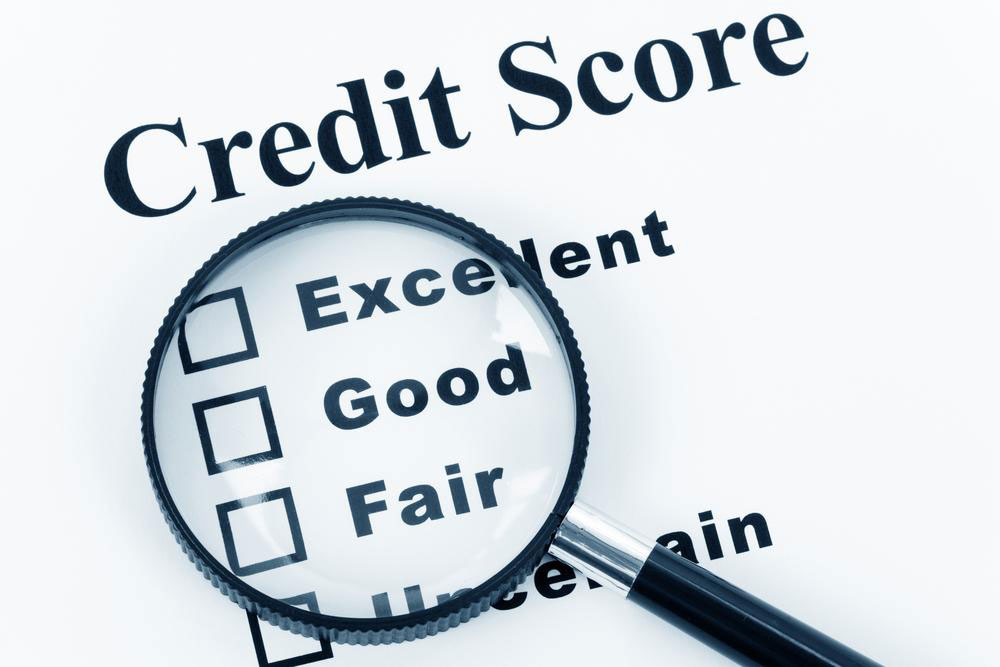Comprehensive Guide to Personal Loan Options and Selection Strategies
This comprehensive guide offers in-depth insights into personal loan options, including fast approval loans, traditional applications, and strategies for bad credit borrowers. It emphasizes the importance of comparing lenders, improving credit scores, and understanding repayment plans to make informed borrowing decisions that meet individual financial needs. Suitable for first-time borrowers and experienced individuals alike, this article aims to empower readers with knowledge to navigate the personal loan landscape confidently and responsibly.

Personal loans play a vital role in helping individuals manage their financial challenges, whether it’s covering unexpected medical expenses, repairing a vehicle, consolidating debt, or funding large purchases. As an essential financial product, understanding the various types of personal loans available in the market is crucial for making informed decisions that align with your financial objectives and situation. With the array of options, from fast approvals to traditional lending processes, and special considerations for credit challenges, this comprehensive guide aims to equip you with the necessary knowledge to navigate the personal loan landscape confidently.
Understanding the Spectrum of Personal Loan Options
Choosing the right personal loan involves evaluating different factors, including approval speed, interest rates, repayment terms, and eligibility criteria. Whether you need quick access to funds or prefer more structured repayment plans, recognizing these options helps in selecting a loan that best fits your needs.
Fast Approval Personal Loans: When Time Is of the Essence
In today’s fast-paced financial environment, many lenders offer expedited personal loan services designed for urgent situations. These fast-track solutions are primarily processed online, requiring minimal documentation such as identification and income verification. Borrowers applying for these loans can expect approval within 24 to 48 hours, making them highly suitable for emergencies like sudden medical bills, urgent home repairs, or last-minute travel needs.
However, it’s important to acknowledge that the convenience of quick approval often comes with higher interest rates. Lenders compensate for the increased risk and expedited processing by charging premium rates, which can significantly impact the total repayment amount. Therefore, borrowers should carefully assess whether the urgency justifies the potential extra costs.
Traditional Personal Loan Application Process
For those who have the luxury of time, traditional personal loan applications involve a more detailed and rigorous approval process. This process typically requires comprehensive financial documentation, including recent pay stubs, bank statements, proof of employment, and credit reports. The lender performs an in-depth credit risk assessment to determine the borrower’s ability to repay.
While this method entails a longer waiting period—often several days to weeks—it often results in more favorable borrowing terms. Borrowers with strong credit histories can benefit from lower interest rates and flexible repayment options, ultimately saving money over the loan’s lifespan.
Special Loan Options for Borrowers with Poor Credit
Individuals with less-than-ideal credit scores face additional hurdles when seeking personal loans. Nevertheless, there are lenders specializing in catering to this segment. These lenders often consider alternative factors beyond credit score, such as income stability, employment history, or collateral offered.
Loans for bad credit typically come with higher interest rates, reflecting the elevated risk to lenders. Because of the increased costs, it’s crucial for borrowers with poor credit to explore options to improve their credit standing before applying, thus potentially qualifying for lower rates and better terms.
Strategies to Enhance Your Credit Profile Before Applying
Improving your credit score prior to applying for a personal loan can substantially influence the loan terms and interest rates you receive. Practical steps include consistently paying bills on time, reducing existing debt levels, and avoiding new credit inquiries during the application process. Additionally, taking out a small credit builder loan or becoming an authorized user on a responsible borrower’s account can help boost your credit score over time.
Proactively managing your credit not only increases your chances of approval but also can lead to more favorable borrowing conditions, ultimately reducing the total cost of your loan.
No-Credit-Check Loan Options: Caution and Considerations
Some lenders advertise no-credit-check personal loans, appealing to individuals with poor or no credit history. These loans are typically processed quickly, often online, and require no substantial credit verification. However, they often carry extremely high interest rates and fees, making them a costly borrowing option.
Borrowers should exercise caution when considering no-credit-check loans. While they can be useful in emergencies, the long-term repayment burden and high costs may outweigh the benefits. Thoroughly researching all options and understanding the repayment obligations is essential before proceeding with such loans.
Repayment Structures: Fixed Installments and Flexibility
Most personal loans are structured as installment loans, meaning borrowers make fixed monthly payments over an agreed-upon period. This approach simplifies budgeting, as payments are predictable, and helps in planning long-term financial management.
Shorter repayment periods—say, 12 or 24 months—result in higher monthly payments but less interest paid over time. Conversely, longer terms—such as 36 or 60 months—reduce each month’s burden but extend the repayment period and increase overall interest costs. Striking a balance between manageable monthly payments and total interest paid is vital for responsible borrowing.
Evaluating and Choosing the Right Lender
The personal loan market is diverse, with options ranging from large banks and credit unions to online lenders and peer-to-peer platforms. To find the best terms, use online comparison tools that allow you to evaluate interest rates, repayment terms, fees, and eligibility criteria across multiple lenders.
Negotiation can also be effective—smaller lenders and local banks may be more flexible with interest rates or repayment terms, especially if you have a strong credit score or steady employment. Establishing a good credit history and maintaining a stable financial profile improve your bargaining power and eligibility for better offers.
In conclusion, personal loans, when chosen wisely and managed responsibly, are invaluable financial tools. Making well-informed decisions—by comparing options, understanding the repayment obligations, and maintaining good credit—can help you meet your financial goals effectively while minimizing costs and risks.





